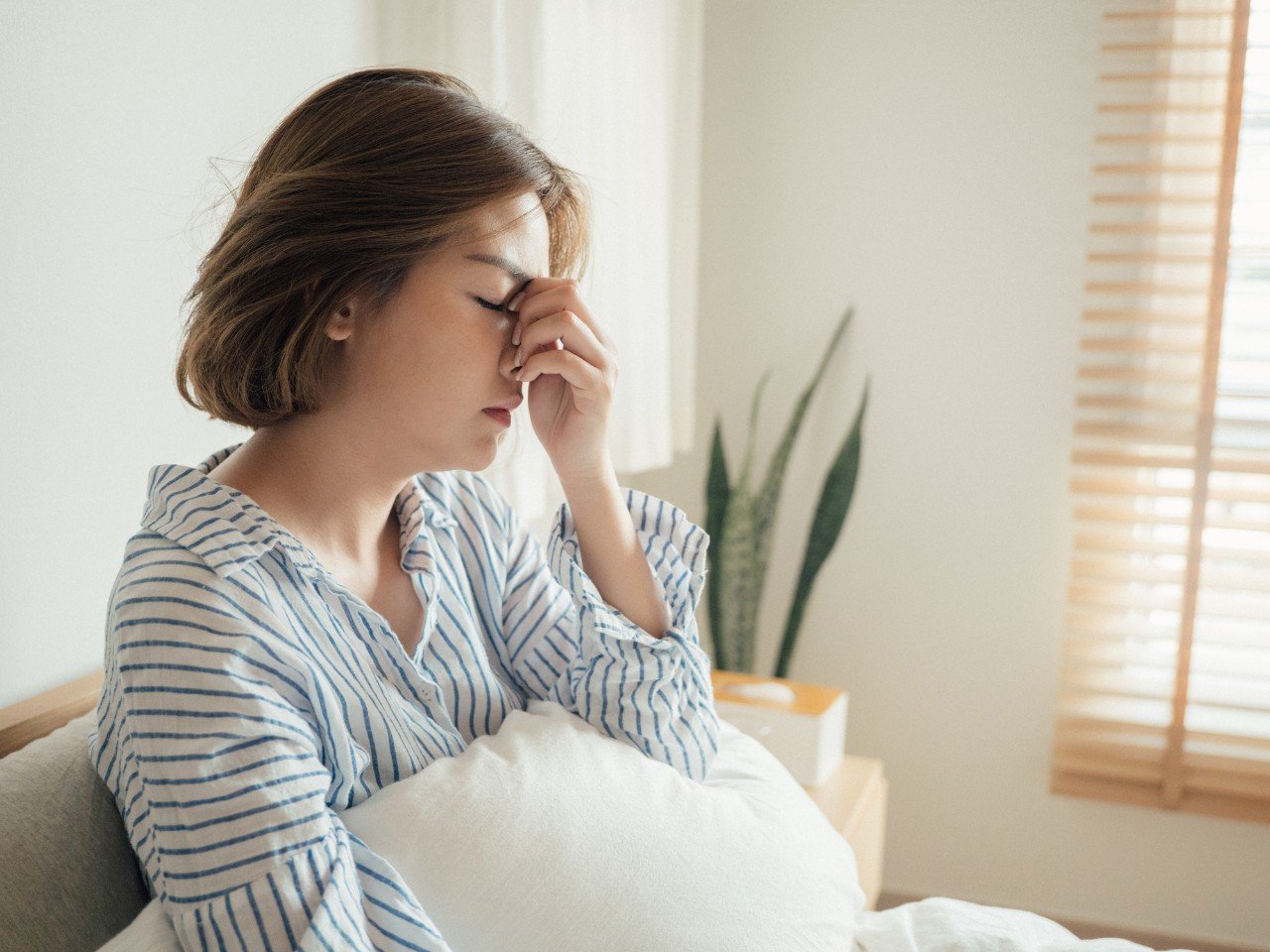May is Skin Cancer Awareness Month and as summer approaches, many of us are spending more time outdoors. Though preventable, skin cancer is the most common type of cancer worldwide. But early detection is key.
If spotted early, up to 90 per cent of cases are curable. In the case of melanoma skin cancer, spotting it early can save your life. For this reason it is important to get to know your skin, check it every month for changes and speak to your doctor if you are worried.












